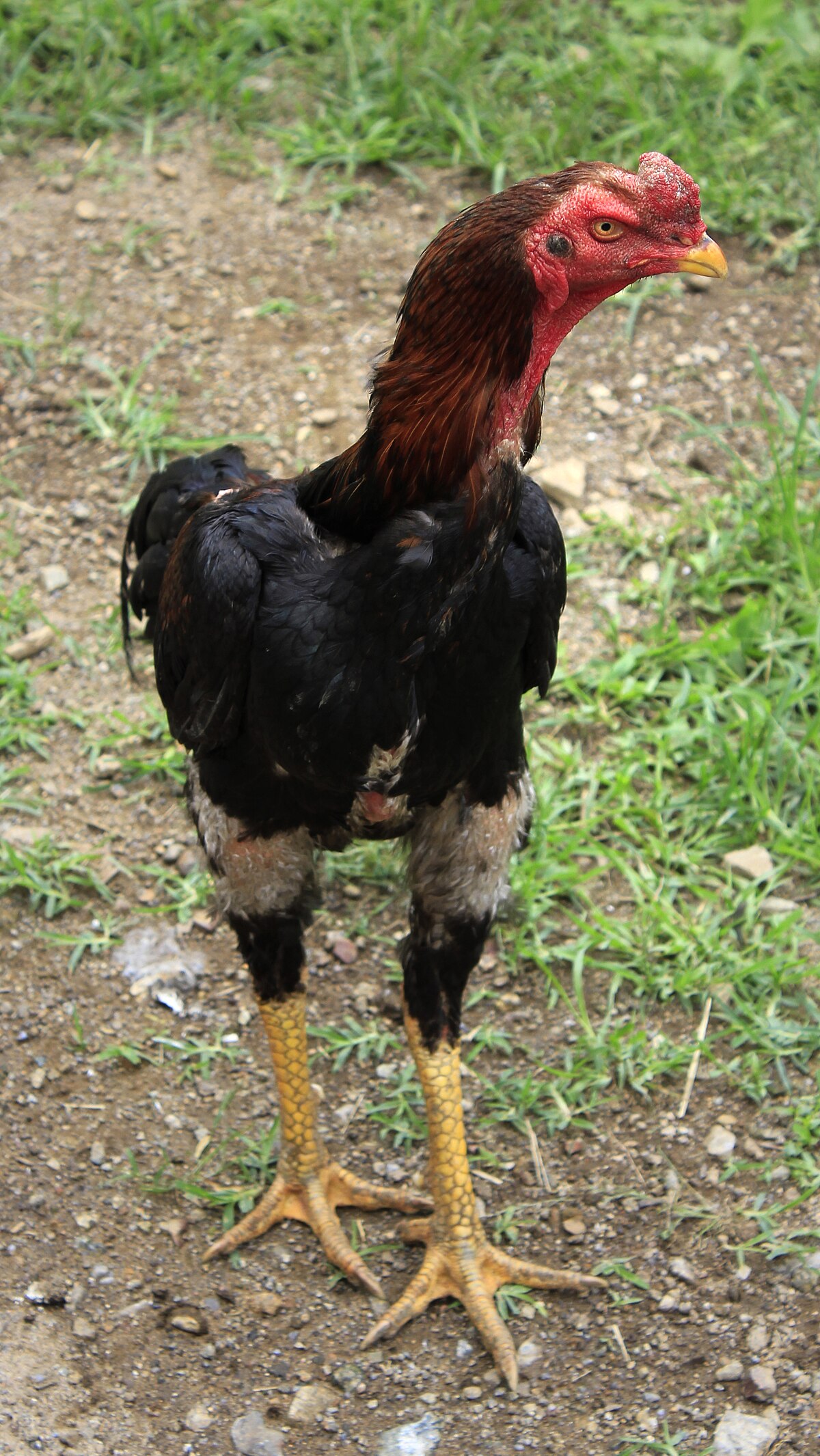Yu Shamo Noti
среда 13 марта admin 14
Contents • • • • History [ ] The name 'Shamo' was a corruption of the word 'Siam', which means 'Thailand', during the early. Even though the breed was originally from Thailand, it has been selectively bred for several hundred years and is very different from the original stock. The breed is used in naked-heeled in Japan, where it is still legal. It is also bred all over the world for its show quality and unique upright posture. [ ] O-Shamo and Chu-Shamo are designations for different weight categories of large fowl, whereas the Nankin-Shamo is a bantam chicken. The Ko Shamo (シャモ), unlike O-Shamo and Chu-Shamo, is merely an ornamental breed not used for cockfighting, although it is bred to be temperamental and show the spirit of a fighter.
Dec 17, 2015. Broiler and layer [49], and Shamo and White Plymouth Rock [57]. Kranis A, Gheyas AA, Boschiero C, Turner F, Yu L, Smith S, et al. Zte mf 710 driver windows 7. In crossing the desart of Shamo, they stop where water is to be found by a kind. Give notice of approaching noxious winds by stretching their necks, raising a cry. To yu # 4 some say is the same as Shayu } # the sand fish, or shark; others.
Obrazec akta spisaniya sportivnogo inventarya. While it is not related to the other breeds, it is often assumed to be because of the similarity of their names.
This review provides a personal account of the explorations of a research group in oligosaccharide and glycoconjugate construction. The journey began twenty years ago with the study of Diels–Alder reactions of complex dienes. By extending this methodology to aldehydo‐type heterodienophile equivalents, access to unnatural glycals was gained (LACDAC reaction). From this point a broad‐ranging investigation of the use of glycals in the synthesis of oligosaccharides and other glycoconjugates was begun. Mobilization of glycals both as glycosyl donors and glycosyl acceptors led to the strategy of glycal assembly. Several new glycosylation techniques were developed to provide practical underpinning for this logic of glycal assembly. Glycal‐based paradigms have been shown to be nicely adaptable to solid phase supported synthesis.
Moreover, glycal assembly—both in solution and on solid phases—has been used to gain relatively concise and efficient entry to a variety of biologically interesting and potentially valuable constructs. Some of these syntheses, particularly in the field of tumor antigens, have led to novel compounds which are in the final stages of preclinical assessment. This review presents an account of the chemical reasoning at the center of the program.
